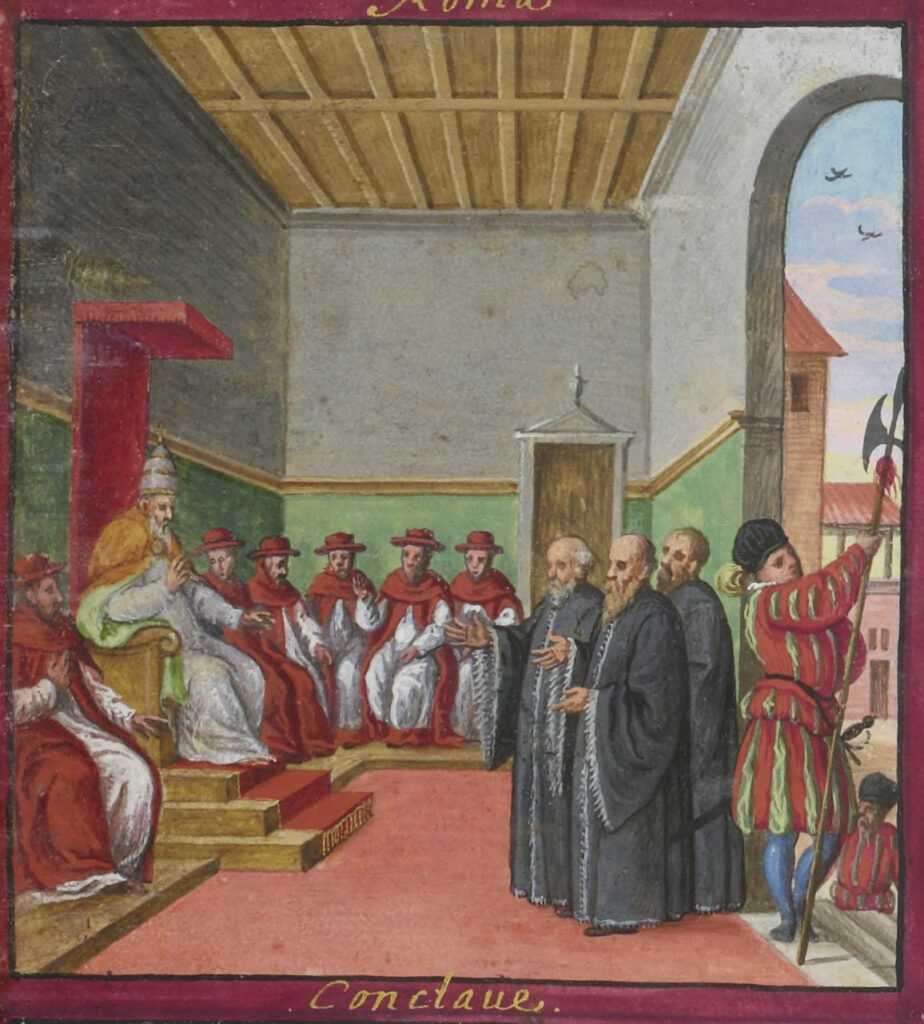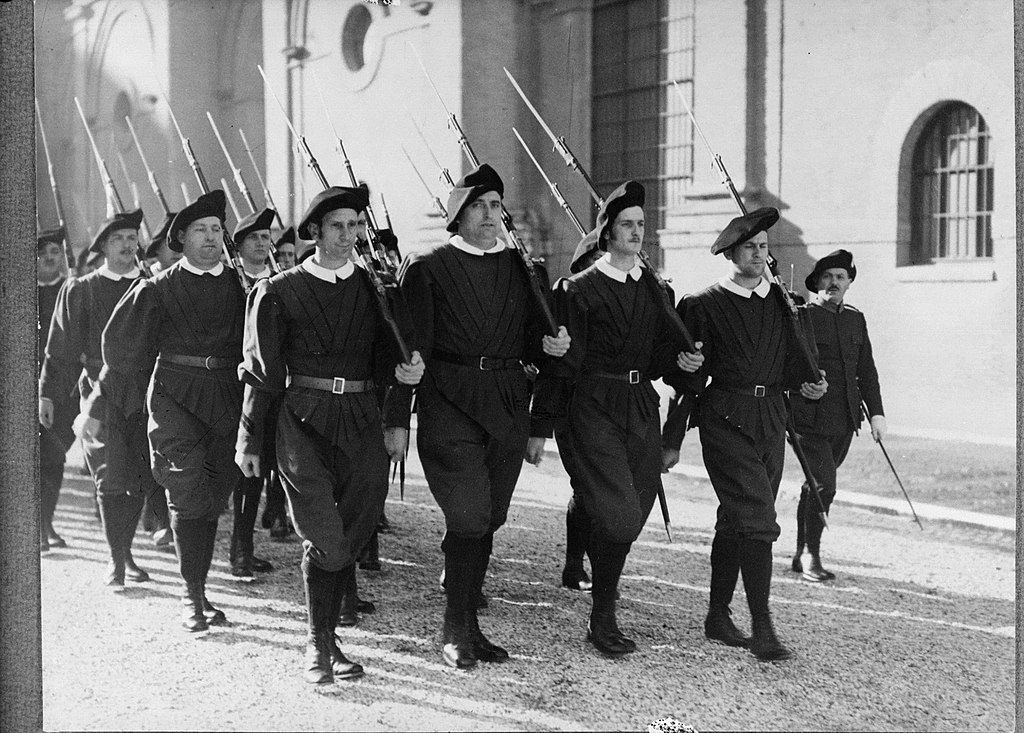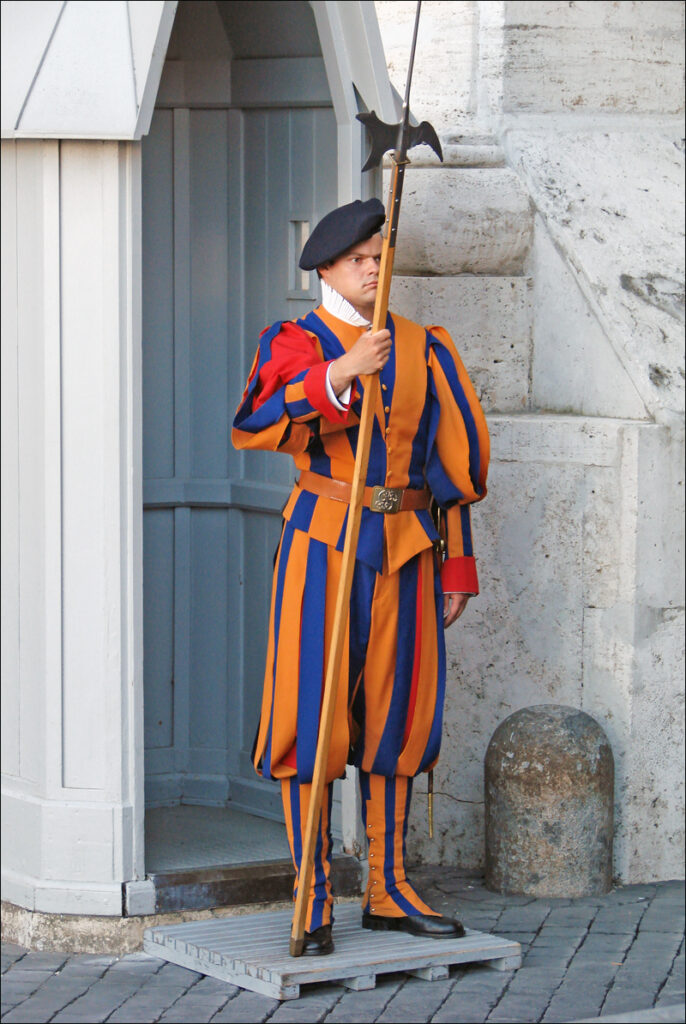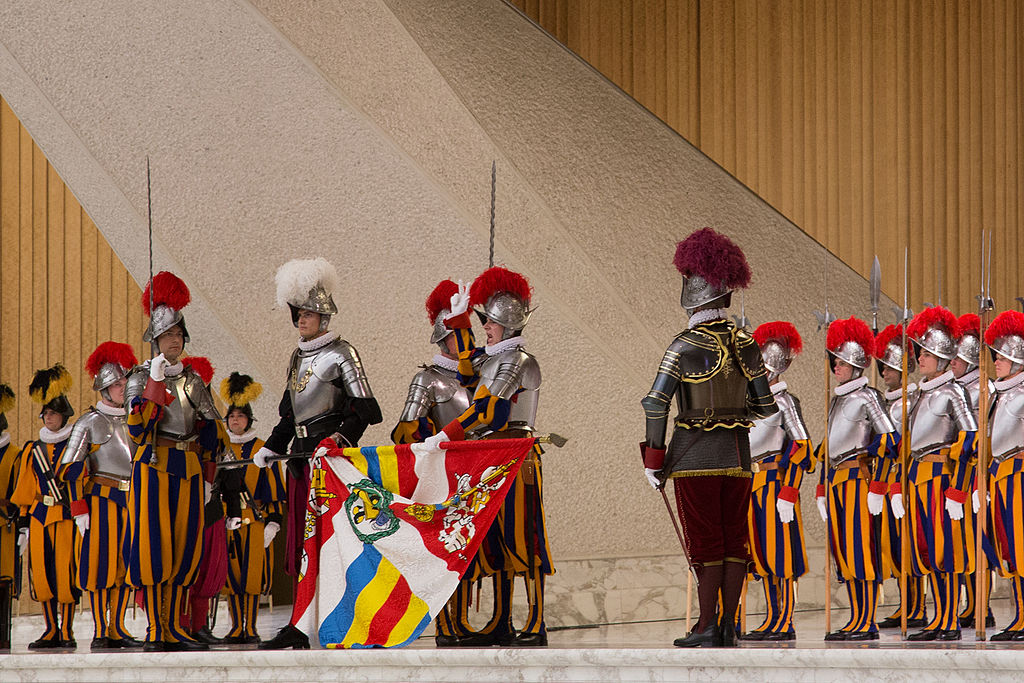If you’ve ever strolled through St. Peter’s Square and spotted a cluster of men in flamboyant Renaissance garb, you’ve encountered the legendary Swiss Guard. But don’t let the festive stripes and plumed helmets fool you-these men are not just living relics or Instagram fodder. The Pontifical Swiss Guard is the world’s oldest standing army, a living testament to loyalty, tradition, and the peculiar intersection of faith and martial prowess. Let’s delve into the fascinating world of the Pope’s protectors, from their blood-soaked origins to their modern-day role in Vatican security.
The history and origins of the Swiss Guard
Swiss Guard history is a saga that stretches back over five centuries, rooted in the turbulent politics of Renaissance Europe. In the 15th and 16th centuries, Swiss mercenaries were Europe’s most sought-after soldiers, famed for their discipline, loyalty, and ferocity on the battlefield. Swiss soldiers were so reliable that European monarchs and popes alike vied for their services, seeing them as incorruptible outsiders with no local allegiances.

The origins of the Swiss Guard as the Pope’s personal security detail can be traced to 1506, when Pope Julius II summoned 150 Swiss mercenaries to Rome. Their mission? To serve as his personal bodyguards and ensure the safety of the papacy in an era when popes were as likely to face assassination or military invasion as they were to preside over mass. The official founding date is 22 January 1506, a moment still celebrated each year.
But it was the Sack of Rome in 1527 that truly forged the Swiss Guard’s reputation in fire and blood. On 6 May, mercenaries under Charles V stormed Rome. Outnumbered and outgunned, 189 Swiss Guards made a heroic last stand on the steps of St. Peter’s Basilica, sacrificing themselves to allow Pope Clement VII to escape through the secret Passetto di Borgo to Castel Sant’Angelo. Only 42 survived. This act of selfless loyalty is commemorated annually at the swearing-in ceremony on 6 May, the date forever etched into the Guard’s identity.
Recruitment and requirements: How to join the Swiss Guard
Think you have what it takes to join the Pope’s personal army? The Swiss Guard recruitment process is as exacting as you’d expect for a role that combines the gravitas of a Vatican official with the physical demands of elite military service.
To be eligible, you must meet the following Swiss Guard requirements:
- Be a Swiss citizen (yes, only Swiss need apply-no exceptions).
- Be a practicing Roman Catholic.
- Be male (though there’s ongoing debate about future inclusivity).
- Be single at the time of enlistment (marriage is permitted after five years of service, if you’re at least 25 and commit to three more years).
- Be between 19 and 30 years old.
- Stand at least 5 feet 8.5 inches (1.74 metres) tall.
- Hold a professional diploma or high school degree.
- Have completed basic training with the Swiss Armed Forces.
- Be of impeccable character and health, passing rigorous physical and psychological exams.
Recruits sign up for a minimum of 26 months, though many serve longer. The selection pool is small-Switzerland is not exactly teeming with young, single, Catholic men eager to don Renaissance tights and swear lifelong fealty to the Pope. Unsurprisingly, the Guard has faced recruitment challenges in recent years, prompting outreach efforts in Switzerland to attract new candidates.
Training and duties: More than just ceremonial
Forget the stereotype of the Swiss Guard as mere ceremonial props. While they do provide a dazzling visual backdrop for papal events, their training and duties are anything but ornamental.

Swiss Guard training is a two-part process:
- The first month takes place in Switzerland, at the Swiss Police and Army Training Centre in Isone, in partnership with the Ticino Cantonal Police. Here, recruits learn firefighting, self-defence, shooting, first aid, legal procedures, and more.
- The second month is in Vatican City, where they master ceremonial protocols, formations, Italian language skills, and the use of traditional weapons like the halberd.
But the real action begins once they’re on duty. The duties of the Swiss Guard include:
- Personal protection of the Pope, both at home and abroad (yes, they travel incognito on papal trips).
- Security at Vatican City’s entrances and key sites.
- Guarding the Apostolic Palace and the Pope’s private residence.
- Ceremonial roles at papal audiences, state visits, and religious events.
- Crisis response, including counterterrorism, crowd control, and bomb disposal-skills honed after the 1981 assassination attempt on Pope John Paul II.
Despite their Renaissance attire, Swiss Guards are trained in modern combat, counterintelligence, and executive protection, making them a formidable security force in a very small package.
Uniforms and equipment: Renaissance chic meets modern arsenal
The Swiss Guard uniform is arguably the world’s most recognisable military attire-bold stripes of blue, red, and yellow, topped with a plumed helmet. But let’s clear up a persistent myth: Michelangelo did not design the uniform. The current version was created by Commander Jules Repond in the early 20th century, inspired by Renaissance frescoes and the livery of the Medici and della Rovere families.

- Ceremonial uniform: Red, yellow, and blue stripes (Medici and della Rovere colours), metal breastplate, ruff, white gloves, and a morion helmet with ostrich plume (plume colour denotes rank).
- Everyday uniform: Simpler blue doublet and beret.
- Weapons: While the halberd and sword are iconic, the Swiss Guard also wields modern firearms, including pistols and assault rifles. Their arsenal is kept up-to-date, and they train with the latest security technology.
The uniform is not just for show; it’s a symbol of their history, their loyalty, and their unique place in the Vatican.
Life as a Swiss Guard: Duty, tradition, and Vatican living
What’s it really like to be a Swiss Guard? Imagine a blend of elite military service, monastic discipline, and a dash of Renaissance pageantry. Life of a Swiss Guard is defined by:
- Living in barracks just north of St. Peter’s Square, with meals (sometimes featuring Swiss specialities) and accommodation provided.
- A typical workday of six hours, though this can stretch during major events or papal funerals.
- Participation in centuries-old traditions and ceremonies, including the annual swearing-in, papal audiences, and state visits.
- Access to the Vatican’s hidden corners, private chapels, and even the Pope’s own residence.
- A tight-knit community, with many guards forming lifelong friendships-and sometimes meeting their future spouses (marriage is allowed after five years).
- Guards are also eligible for pontifical decorations, such as the Benemerenti medal after three years of service.
It’s not all pomp and circumstance. Guards must be ever-vigilant, ready to respond to emergencies, and maintain peak physical and mental fitness. But there are perks: VIP access to Vatican events, a unique cultural experience, and the chance to serve at the heart of the Catholic Church.
The Swiss Guard today: Modern challenges and evolving roles
In the 21st century, the Swiss Guard today is more relevant-and more necessary-than ever. With global threats ranging from terrorism to cyber-attacks, Vatican security is a complex operation. The Swiss Guard works in tandem with the Vatican’s Gendarmerie and Italian police, especially during major events like papal funerals or conclaves.
Recent years have seen:
- Enhanced training in counterterrorism, intelligence, and crisis response.
- Consideration of expanding roles, including cyber defence and possibly opening recruitment to women in the future.
- Ongoing efforts to modernise barracks and improve living conditions for guards.
- A continued commitment to upholding tradition while adapting to new security realities.
Despite its small size-135 men-the Swiss Guard remains a potent symbol of loyalty and resilience, balancing centuries-old rituals with the demands of modern security.
Interesting facts and trivia: The Swiss Guard unveiled
Let’s spice things up with some Swiss Guard facts and trivia:
- The Swiss Guard is sometimes called “the world’s smallest army”, but don’t underestimate them.
- The annual swearing-in ceremony on 6 May is a moving spectacle, attended by dignitaries and relatives, and commemorates the 1527 Sack of Rome.
- The uniform’s 154 pieces take nearly 32 hours and three fittings to complete.
- Guards are rumoured to receive the Pope’s leftover alcohol gifts-a perk not mentioned in the official handbook.
- The Guard’s motto is “Acriter et Fideliter”-“Fiercely and Faithfully”.
- During a papal interregnum (when there’s no Pope), the Guard continues to protect the Apostolic Palace and the College of Cardinals, adapting their duties to the needs of the Vatican.
The Oath of Allegiance: Loyalty above all
The Swiss Guard oath is not just a formality-it’s a solemn pledge to serve the Pope and his successors, even at the cost of one’s life. Each year, new recruits swear their allegiance on the Guard’s flag, raising their right hand with three fingers extended (symbolising the Holy Trinity and the legendary Rütlischwur of Swiss history).

“I swear that I will faithfully, loyally and honourably serve the Supreme Pontiff and his legitimate successors, and dedicate myself to them with all my strength, sacrificing, if necessary, my life to defend them. I assume this same commitment with regard to the Sacred College of Cardinals whenever the Apostolic See is vacant. Furthermore, I promise the Captain Commandant and my other superiors respect, fidelity and obedience. I swear to observe all that the honour of my position demands of me.”
This oath is the high point in a guard’s life-a public declaration of courage, loyalty, and faith.
Relationship with the pope and the Vatican
The Swiss Guard and the Pope share a bond that goes beyond employer and employee. Guards are privy to the Pope’s daily life, providing not just security but also a sense of continuity and tradition. They are integrated into the Vatican’s broader security apparatus, working alongside the Gendarmerie and Italian police, especially during high-profile events.
Their presence is a visible reminder of the Vatican’s sovereignty and the enduring legacy of Swiss loyalty. For the Pope, the Guard is both shield and symbol-a living link to the past and a bulwark for the future.
Conclusion: The Swiss Guard’s enduring legacy
From the blood-soaked cobblestones of 16th-century Rome to the high-tech security perimeters of today, the Swiss Guard remains a paradox: ancient yet modern, ceremonial yet deadly serious. They are the Vatican’s living heritage-an army of 135, but with a legacy that looms large in the annals of history. Next time you see those stripes and plumes, remember: behind the Renaissance pageantry stands a force fiercely and faithfully committed to protecting the heart of the Catholic Church.



